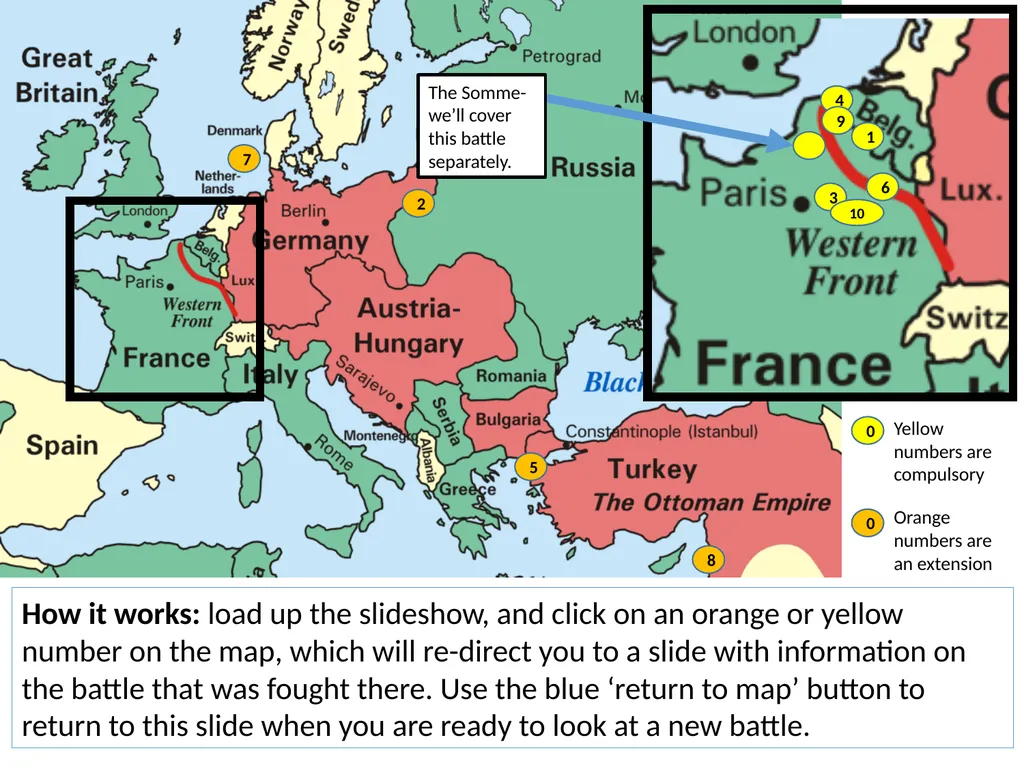
1 2 3 4 5 0 Yellow numbers are compulsory
Author: min-jolicoeur | Published: 2025-07-18
Description: 1 2 3 4 5 0 Yellow numbers are compulsory 0 Orange numbers are an extension 6 The Somme- well cover this battle separately. 7 8 9 10 How it works: load up the slideshow, and click on an orange or yellow number on the map, which will
Download Presentation
Download the PPT/PDF: Download
Transcript:
Loading transcript…